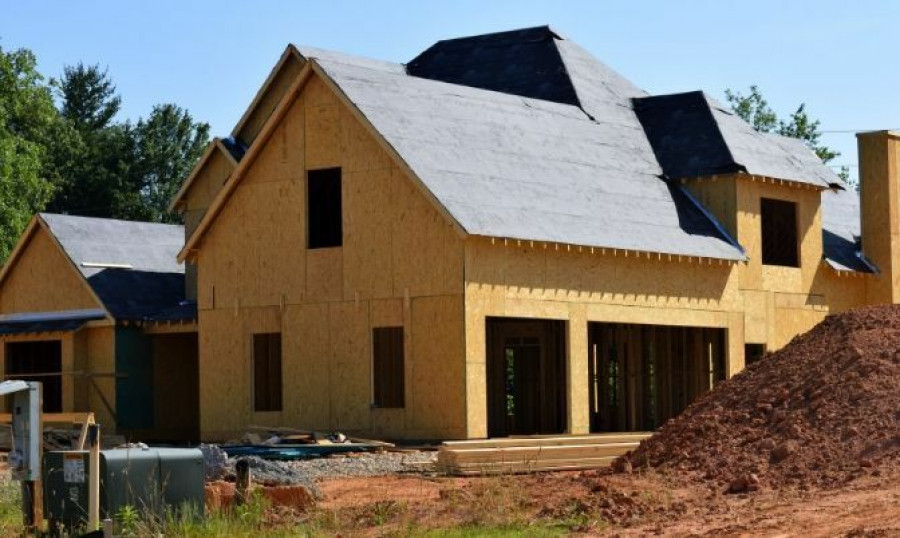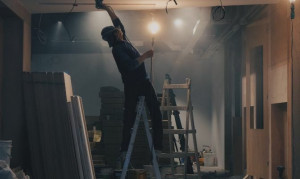Despite being brand new, these homes are still susceptible to defects in the construction process. However, a benefit of purchasing a new home as opposed to one that is heavily renovated is a series of statutory warranties and protections offered under the Ontario New Home Warranties Plan Act.
In February we discussed these warranties in the context of condominiums. In this article, we’ll look at the process of making a warranty claim and how to proceed if a builder refuses to fix a defect.
When you purchase a new home, there are a number of warranties that relate to the quality of the home, the materials used, and the workmanship involved. Similar to the warranties for a new car, many defects are covered in the early periods of ownership but the number of defects covered decreases over time. To ensure you remain covered by the warranty, it is important to comply with all required reporting timelines and report a defect within the applicable period. Tarion, the administrator of the warranty, offers online and mobile applications that assist with staying on top of the reporting deadlines.
At specified intervals, purchasers of new homes may submit forms noting defects. For example, in the first year of home ownership purchasers submit a 30-Day form during the first 30 days of possession and a Year-End form during the last 30 days of the first year of possessing the home. Upon being notified of a defect, the builder has 120 days to rectify the complaint. If the builder is unavailable, due to bankruptcy or dissolution for example, a purchaser may be able to recover from Tarion’s guarantee fund.
Purchasers of new homes can also take advantage of the services offered by Tarion during the complaints process. For example, there is the Early Intervention Process, which is a service that assists in facilitating communication between purchasers and builders. It is often used where the relationship between the parties has deteriorated, an occurrence that can be common given the stressful nature of dealing with defects in a newly-purchased home.
If the builder of your home is unable or unwilling to rectify the defect complained of within the 120-day period noted above, the purchaser must, within 30 days, request a conciliation. A conciliation is a process where a representative from Tarion inspects the property in the presence of the owner and the builder (or one of the builder’s representatives). This process allows each party to present their case to Tarion. It is important to ensure that all relevant documents are available and provided to Tarion. At the conclusion of the conciliation and inspection process, Tarion provides a report outlining whether or not the defect complained of is covered under the warranty.
Tarion uses the Construction Performance Guidelines to assist in determining whether the defect is covered by the warranty plan. These Guidelines complement the Ontario Building Code, which means they are not exhaustive. The Guidelines are a great way of learning what to expect. As an example, they provide that exterior metal doors are not to have any dents. If they do, the homeowner must be able to show that the damage was caused by the builder. If the purchaser can show the builder caused the dent, the builder is only obligated to repair and not necessarily replace the door. Many purchasers of a new home may be surprised to learn that it is acceptable for builders to patch a dent with spot putty rather then having to provide a new door for the home.
If Tarion finds that there is no defect that requires repairs, purchasers are not obligated to accept the findings in Tarion’s report. A purchaser may appeal to the License Appeal Tribunal (LAT). This is a court process where parties present their evidence and arguments in a manner that begins to look like the judicial system without reaching that level of formality. Whether obtaining the assistance of a lawyer or approaching the process on your own, it is important to have an understanding of the law that applies to new home warranty claims. Purchasers who are unsatisfied with LAT decisions can have them reconsidered and, in certain cases, can continue the dispute into the court system.







